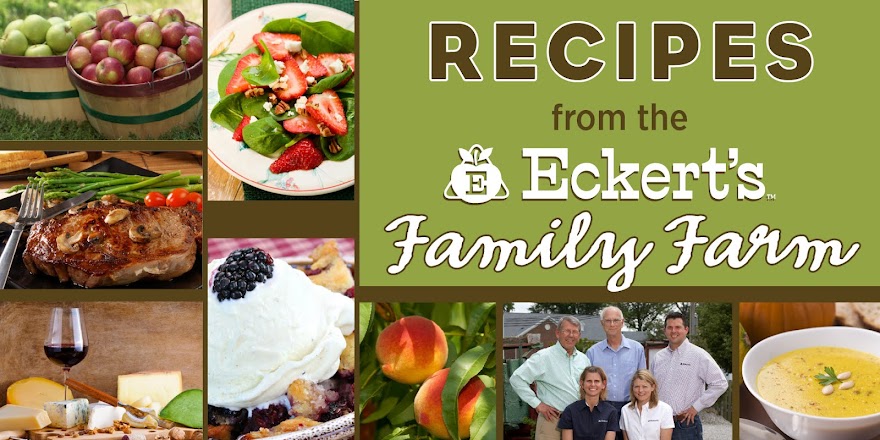 Home fruit production can be one of the most rewarding and enjoyable experiences you do with your family. All you really need are the right tools for the job, starting with the understanding that it is supposed be fun. But Jerry Hearn, the Garden Center manager, sums fruit growing up best, "There is no better reward than knowing how your food grows and where it comes from."
Home fruit production can be one of the most rewarding and enjoyable experiences you do with your family. All you really need are the right tools for the job, starting with the understanding that it is supposed be fun. But Jerry Hearn, the Garden Center manager, sums fruit growing up best, "There is no better reward than knowing how your food grows and where it comes from."Now for the tangible tools...
The first thing you will need is a sunny, well-drained spot. Fruit trees need plenty of water, but don't like to stand in a puddle either. Next, you'll need to figure out what type of fruit you want to grow: apples, peaches, plums, or maybe all of the above. Once your family has decided what fruit you want to grow, it's time to seek out the resources on how to grow those trees successfully.
One of the most important choices your can make when buying a fruit tree is the rootstock. All trees available commercially come as a scion (the top determine what variety of fruit) and the rootstock (the bottom determines if it is a standard size tree or dwarfing). All of the trees that we grow are a semi-dwarfing or dwarf rootstock. This keeps the fruit closer to the ground for ease of maintenance (pruning and spraying) and obviously to make harvesting easier. A standard apple tree can be as tall as 25-30 feet, where as a semi-dwarf is typically only 10-15 feet tall. Eckert's rootstocks are hand selected for drought tolerance, cold hardiness and disease resistance, all specific to our local climate. You can't always be guaranteed that the fruit trees sold at big-box stores are specific to our area and its growing requirements.
After you have picked which varieties you will be growing, you will need to know whether or not you will need one or two trees for the pollination process. This is where the advice of the Garden Center staff comes in handy. As a general rule though, must stone fruits such as peaches and nectarines are self-fertile and do not need another variety to produce fruit. However, apples and pears along with some cherry varieties do need another variety to pollinate with in order to produce fruit. Some people may confuse this as needing two apple trees. While this is true, it is important that the apple trees are different varieties. For example, you will need one Jonathan apple tree and one Golden Delicious apple tree to successfully pollinate. Two Jonathan trees just isn't going to get the job done. The is due to the different bloom times that occur in the spring. That being said, keep in mind that the bloom times need to overlap so that the bees are able to work their magic.
Now you just need a good, integrated pest management program. This can be a complicated subject, and it is probably best to seek advice from fellow fruit growers. A Garden Center team member is available daily to answer any questions you may have. Other reliable information can be found through the University of Illinois Extension and Purdue University.
Eckert's will be holding its annual Fruit Tree Seminar on Saturday, March 20th from 12pm to 2pm. This seminar is open to the public at no charge. During the seminar, the Eckert family will take you through the four seasons starting with planting all the way through winter dormancy. We will cover several topics including location selection, varieties of fruit trees, pruning, spraying, bloom thinning, and finally harvest. Whether you are just beginning your home orchard or just wanting to refine your green thumb, Eckert's can help you grow a strong, productive tree that will give you wonderful fruit to share with your family and friends for years to come.
Happy Growing!


No comments:
Post a Comment